The first machine of mankind, the loom is a symbol of creativity and essential to the manufacture of rugs.
Blog categories
Search in blog
Latest posts
-
 The loom: humanity's first machineRead more
The loom: humanity's first machineRead more -
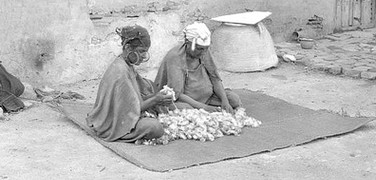 Preparing the wool13/11/2021Posted in: HandicraftRead more
Preparing the wool13/11/2021Posted in: HandicraftRead moreMany craftswomen still do all the work by hand, from shearing the wool to weaving, sorting the wool, cleaning,...
-
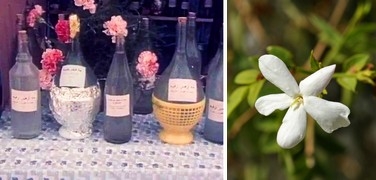 Floral waters / hydrolats in Tunisia: distillation and virtues29/01/2021Posted in: HandicraftRead more
Floral waters / hydrolats in Tunisia: distillation and virtues29/01/2021Posted in: HandicraftRead moreDiscovery of the artisanal method of distilling floral waters and their virtues.
-
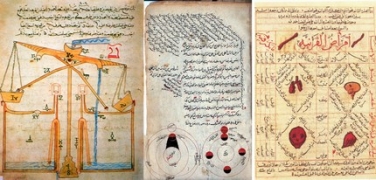 Arabic words in the French language13/01/2021Posted in: CultureRead more
Arabic words in the French language13/01/2021Posted in: CultureRead moreDid you know that there are five to eight more Arabic words than Gallic words in the French language? The Arabic...
-
 Reviving the Tunisian carpet craftswomanship14/12/2020Posted in: HandicraftRead more
Reviving the Tunisian carpet craftswomanship14/12/2020Posted in: HandicraftRead moreHow to revive the Tunisian carpet craft? A few lines of thought and an overview of the initiatives set up.

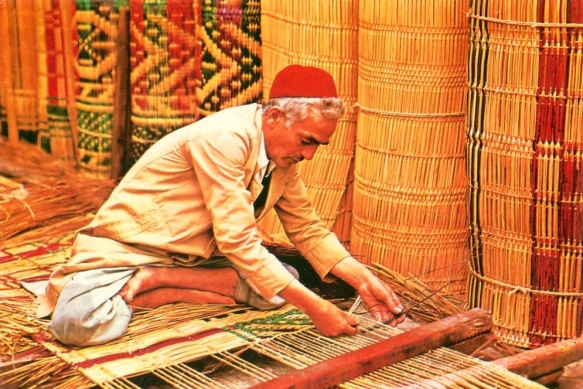
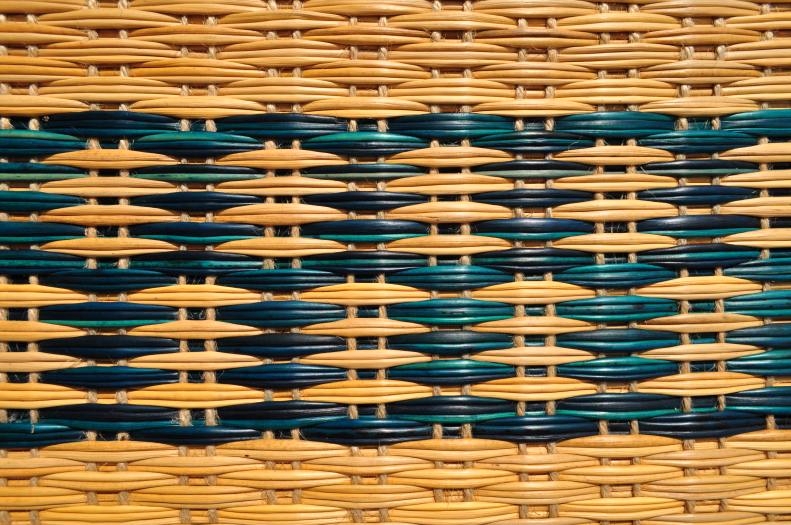
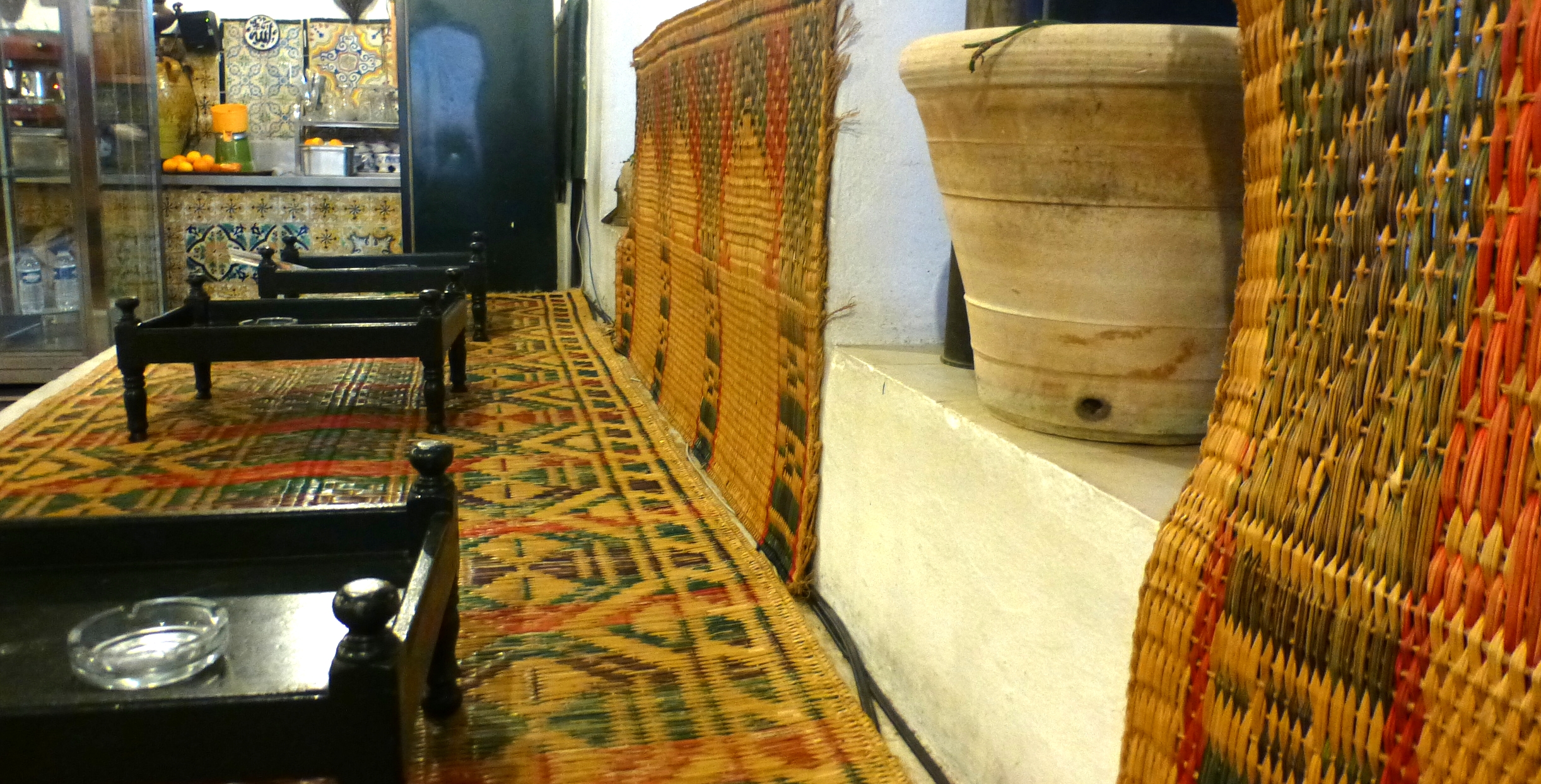
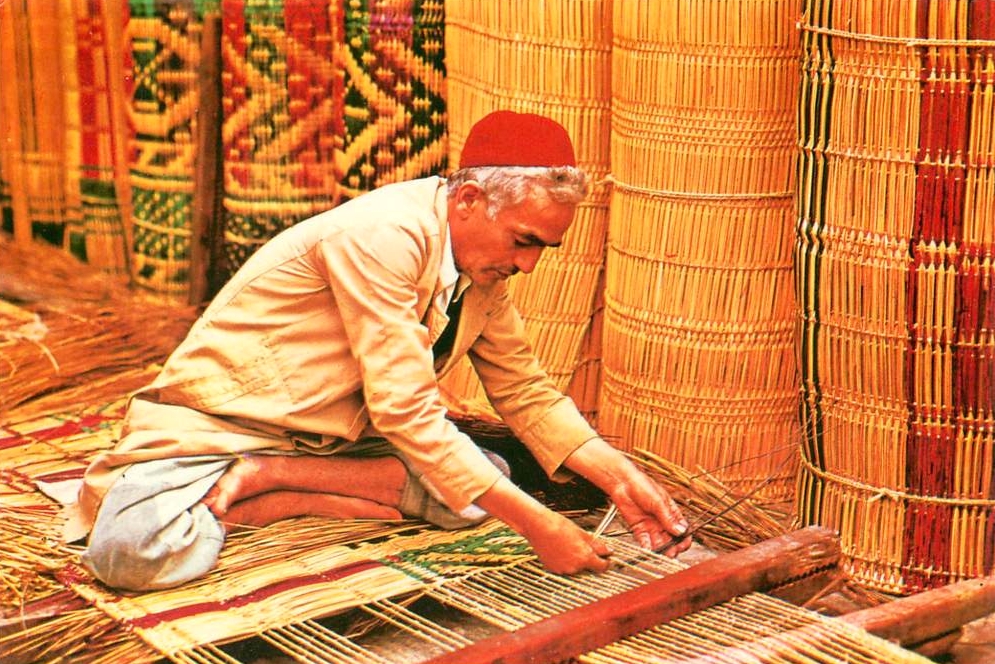
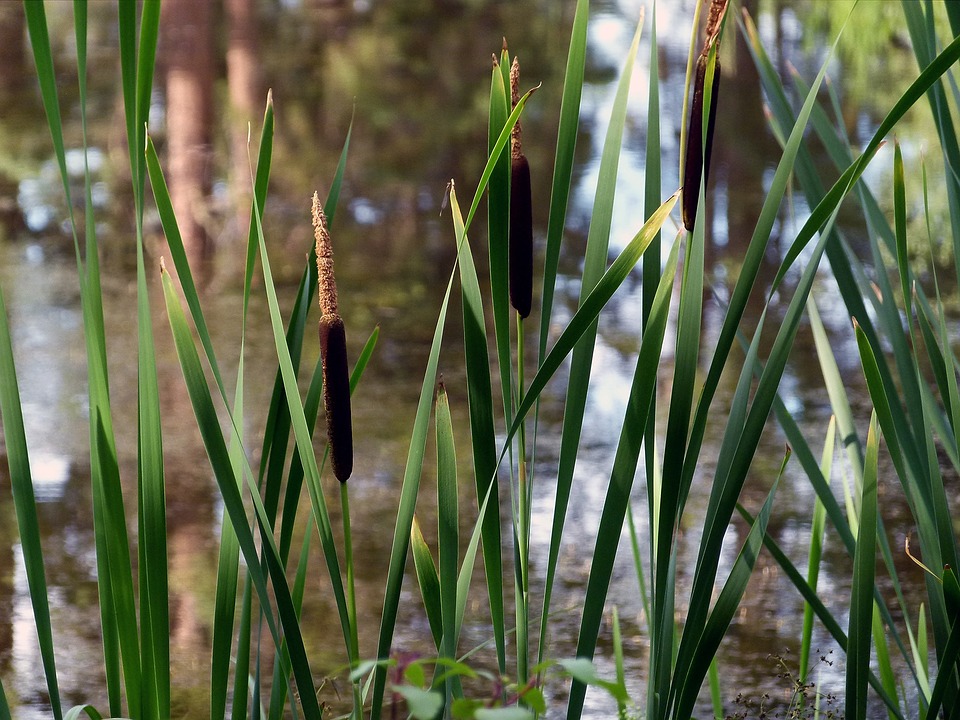
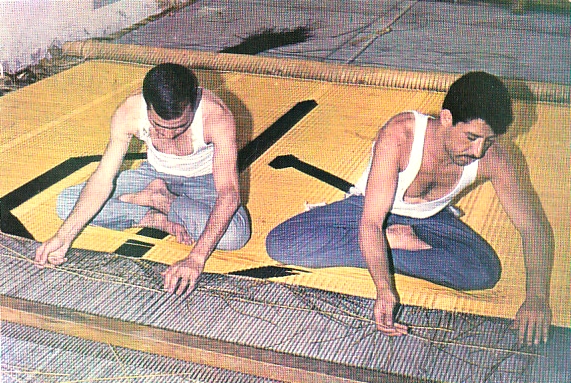
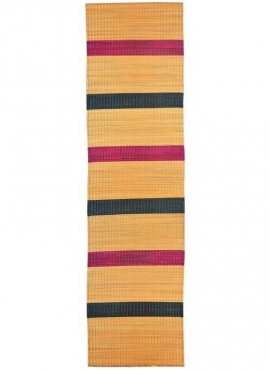



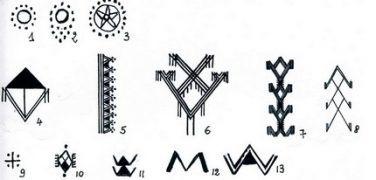
Leave a comment
Comments
Joachim
By: Joachim On 26/01/2020un article intéressant, un métier encore artisanal qui en effet et amené à disparaître !
Nikki
By: Nikki On 05/12/2018En lisant l'article, je me sent plus nostalgique, cette pratique date de très longue années.
Tom
By: Tom On 10/10/2018Merci pour l'article! Cette méthode est historique ! :)
brice
By: Brice On 12/04/2018Ces nattes sont d'une beauté exceptionnelle...
Emilie
By: Emilie On 28/02/2018Merci pour cet article, très intéressant ! En espérant que ce joli métier ne disparaisse pas ..
karla
By: Karla On 04/08/2017Maîtres de leur métier, article très fascinant, merci
Arthur
By: Arthur On 21/04/2017Merci pour cet article, c'est très jolie !
Aurélie
By: Aurélie On 03/05/2016En effet à moins que des jeunes décident de faire revivre cet artisanat, je pense que ceux qui subsistent encore sont les derniers nattiers.
Cécile P.
By: Cécile P. On 03/05/2016C'est triste si ce métier disparaît...